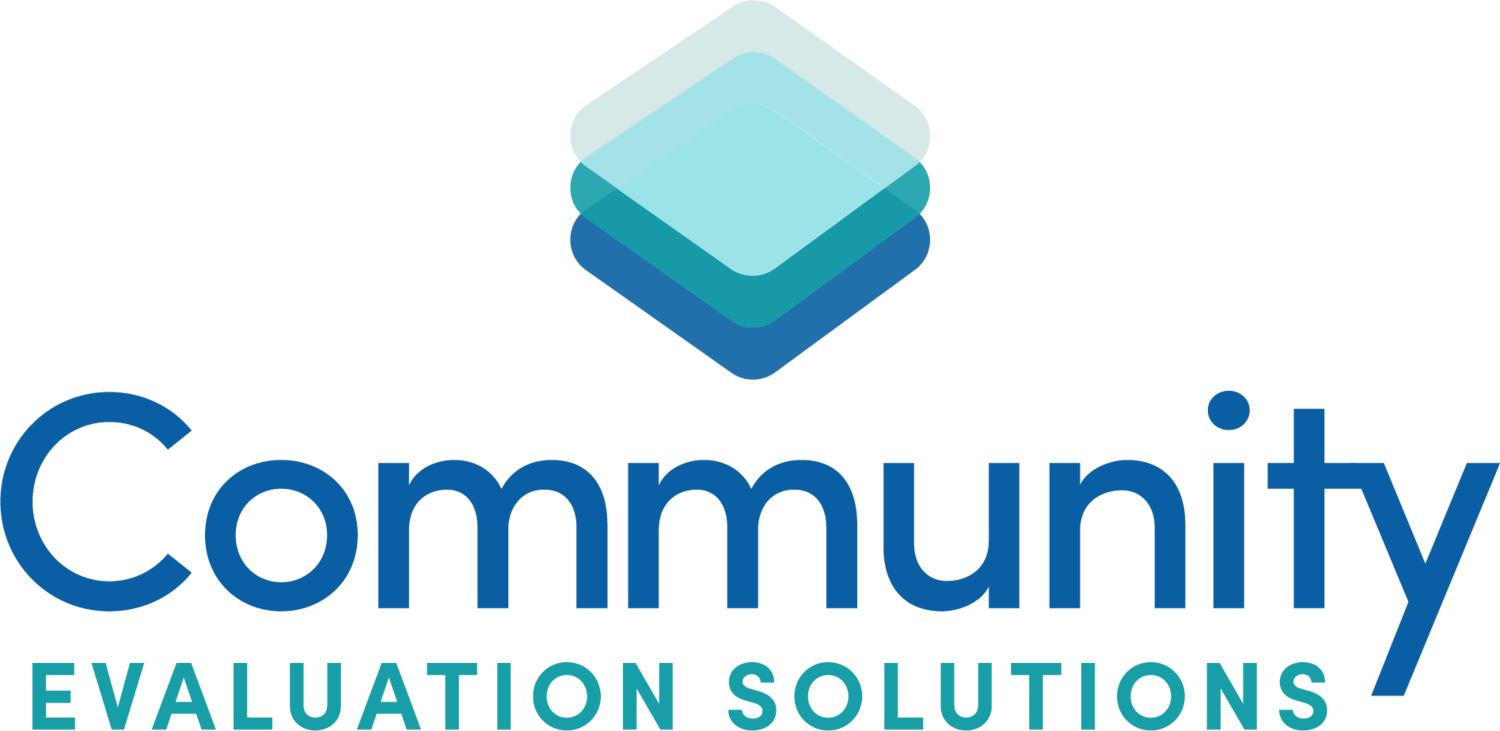Creating Inclusive Spaces for Community Conversations
People working a sticky wall.
As we are all painfully aware, we are living in a time when conversations with others can be HARD. Impossible even. Seems like the most innocent of conversations can turn political these days.
Are we all just primed to argue?
But I bet you also have experienced the power of a healing conversation. Maybe when you were in an argument with a loved one, but you stayed in the moment. You heard them and they heard you.
Your communication skills improved and so did your relationship.
In the past few years, I’ve invested in my own professional development so that I can help my community coalition clients strengthen their collaboration. Specifically, I’ve taken training in facilitation through Technology of Participation (ToP).
I ‘ve completed three of their trainings so far:
ToPs Facilitation (Focused Conversation, Consensus Workshop, and Action Planning)
Approaches to Environmental Scanning
ToP Strategic Planning
Here is why I love ToPs methods.
All ToPs tools and techniques help participants:
1. Feel “Safe” and Included. I am not referring to physical safety. That should be a given, full stop. I mean psychological safety. But I also want to be clear that safe is a word that some folks use to avoid difficult conversations. Safe doesn’t mean we won’t be uncomfortable, feel some feelings (anger, anxiety, stress, sadness etc.). But if as a group we can agree that we will all stay in the moment, that we will listen and value all voices, and that we assume goodwill among everyone in the room, magic can happen.
2. Creating Spaces for Dialogue. Creating spaces that set the stage for collaboration begins prior to the meeting in the ways we prepare people to interact with each other. Then, consider where you meet. Hold your community meeting in a place convenient and comfortable for community members. For example, depending on who is attending, a meeting in the local police department might not be the best choice to gather. During the meeting it’s a good idea to place fidget toys on the table. Chocolate never hurts either. Finally, I love using sticky walls to gather community learnings and get people to interact in real time.
3. Ensuring all Voices are Valued. Techniques such as quiet reflection before moving to a pair and share opportunity, and then to small group activities help participants feel heard and valued. All ToPs techniques are based in the ORID Method (Objective, Reflective, Interpretive, Decisional). During the “O” or Objective part of an ORID discussion, everyone in the room shares. By making this the norm, all voices are physically and psychologically in the room. People who are often overlooked have the same value as those who are used to being heard.
4. Managing Different Perspectives. ToPs techniques build upon the individual perspective and move towards group understanding. This ensures that different perspectives are expected and cultivated. The group, over time, comes to a common understanding and agreement.
I promise these methods work every single time.
To learn more about all ToPs training opportunities, see https://www.top-training.net/w/
Take care,
Ann

